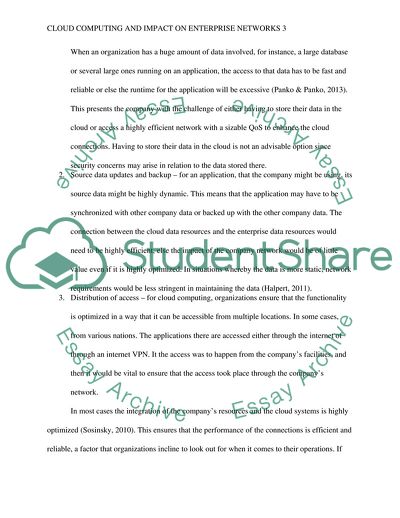Cite this document
(The Effect of Cloud Computing on Enterprise Networks Research Paper Example | Topics and Well Written Essays - 1750 words, n.d.)
The Effect of Cloud Computing on Enterprise Networks Research Paper Example | Topics and Well Written Essays - 1750 words. https://studentshare.org/information-technology/1873314-research-paper-telecomm
The Effect of Cloud Computing on Enterprise Networks Research Paper Example | Topics and Well Written Essays - 1750 words. https://studentshare.org/information-technology/1873314-research-paper-telecomm
(The Effect of Cloud Computing on Enterprise Networks Research Paper Example | Topics and Well Written Essays - 1750 Words)
The Effect of Cloud Computing on Enterprise Networks Research Paper Example | Topics and Well Written Essays - 1750 Words. https://studentshare.org/information-technology/1873314-research-paper-telecomm.
The Effect of Cloud Computing on Enterprise Networks Research Paper Example | Topics and Well Written Essays - 1750 Words. https://studentshare.org/information-technology/1873314-research-paper-telecomm.
“The Effect of Cloud Computing on Enterprise Networks Research Paper Example | Topics and Well Written Essays - 1750 Words”. https://studentshare.org/information-technology/1873314-research-paper-telecomm.


